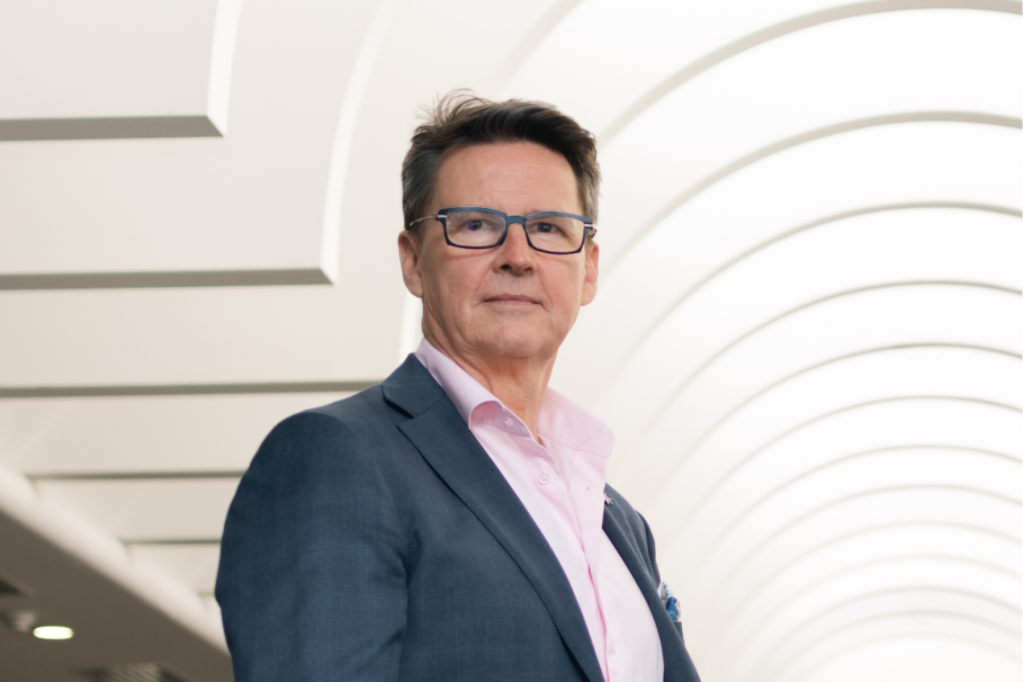Confidence creeping back, but challenges remain for South Australian business
South Australian businesses are showing faint signs of optimism after a tough start to 2025, but the outlook remains fragile, according to the South Australian Business Chamber’s June quarter report.

The Chamber’s CEO, Andrew Kay, says the small uplift in confidence needs to be read in context. “I think this is a bit of a bounce back from what was quite a poor March quarter result, and it’s really just returning us to a baseline position, rather than a sign of recovery just yet,” he explains.
“It’s coming off a low base. And given that the survey traditionally sits below neutral in terms of confidence and sentiment, I think we would need to see two to three quarters at least of uplift before we could say there was some sense of returning to a favourable mindset around conditions.”
The South Australian Business Chamber –William Buck Survey of Business Expectations June 2025 Quarter Report indicates one of the most persistent challenges remains the double squeeze of rising business expenses alongside a consumer cost-of-living crisis. Kay says many operators are trapped in a difficult cycle: unable to lift prices for fear of losing customers, yet struggling to cover mounting costs.
“Unfortunately, there’s been a cost-of-doing-business crisis at the same time with a lot of similar pressures, and businesses have been concerned that, if they put their prices up, they’ll just lose more market share,” he says.
“However, if they don’t put their prices up, the reality is they’re going to struggle to survive, and we’ve seen some businesses exit over the last 18 months to two years, for that very reason.”
The Chamber is calling for government action to ease some of the structural pressures. Payroll tax, in particular, has not been adjusted since 2019, despite significant wage growth.
You might like
“From a government perspective, we’d like to see some reform around payroll tax, which we know is simply a tax on jobs,” Kay says. “That needs to move in line with the rest of the economy.”
Payroll tax reform and reduced red tape, Kay argues, could make South Australia a more attractive destination for investment, particularly in regional areas. He points to Victoria, where regional employers pay just a fraction of the payroll tax levied in South Australia.
“There’s definitely an opportunity to reduce payroll tax rates in our regions, to encourage businesses to invest there rather than over the border,” he says.
Capital investment in South Australia remains historically low, a pattern reinforced by global instability and uncertainty in trade. “Right now the global climate around trade, particularly at the time of the survey where we were seeing significant upheaval in terms of the traditional world trade order, certainly impacted this willingness to invest capital,” Kay says.
Yet he believes that, as businesses come to accept volatility as the “new normal,” opportunities may follow. “I think we’re going to start to see businesses recognise that, for the next three or four years at least, that’s what they’re going to be dealing with in terms of global markets. Other opportunities will present themselves because of that.”
Even with investment opportunities on the horizon, a shortage of skilled workers threatens to cap South Australia’s economic potential. “We have a shortage of skilled workers. We continue to hear that from businesses,” Kay says.
Stay informed, daily
“A few years ago, it was workers across any sector. We’re starting to see that alleviate but not in the regions, which are still facing a shortage of workers across the board.”

Major projects – the North-South Corridor, the Northern Water Project, the new Women’s and Children’s Hospital, and defence expansions at Osborne and Whyalla – are intensifying demand.
“The pressure on that workforce or skills base is only getting stronger, and we’re competing with other states around the country and other countries around the world for talent,” Kay warns.
Government investment in trade schools and technical colleges is a positive step, but Kay says it is “only scratching the surface”. Fast-tracking workers through micro-credentials, improving pathways for overseas recruits and matching training to immediate needs will be essential.
“The biggest risk to the growth opportunities we have in front of us in South Australia will be our inability to find a workforce to deliver on them,” Kay says. “And we can’t have a conversation around finding a workforce without thinking about housing as well, because if we’re going to bring people here, we need to find them homes to live in, both at the metro and regional level.”
Despite the headwinds, Kay is upbeat about the state’s long-term prospects. “South Australia is in a very good place in terms of the way the economy is transitioning,” he says.
“It’s going to look very different in a decade from now than it does today, and certainly in my time in the workforce in South Australia, I haven’t seen as much opportunity across a diverse range of sectors as I do right now.”
From defence and space to critical minerals, renewable energy and health, Kay believes the breadth of opportunity is unmatched. But the balance of labour, capital and policy will determine whether South Australia can capitalise.
“You just have to get that right balance of labour, capital, investment and policy levers – that’s basically government, business and workers coming together to deliver on that promise and make it happen,” he says.
“We might start to see a return to confidence if we can have an environment here where business feels supported to invest and grow. That’s the challenge – and the opportunity – right now.”
The South Australian Business Chamber is a proud partner of the South Australian Business Index lunch and networking event on Friday, 17 October at the Adelaide Convention Centre. Tickets selling fast, purchase your individual ticket or table of 10 now. Don’t miss out.










